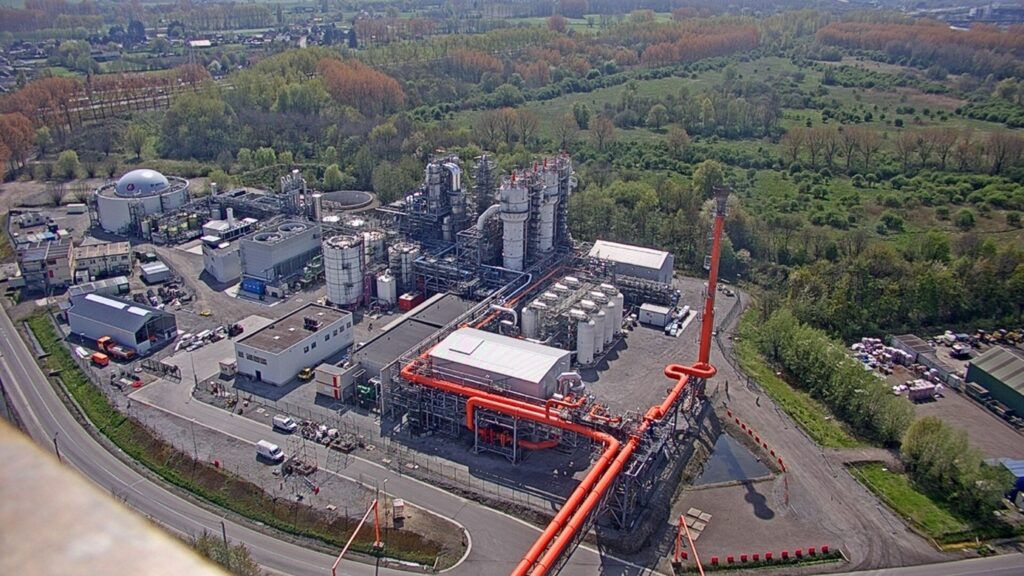Location:
ArcelorMittal,
Ghent (Belgium)
Energy Intensive Industry:
Steel
Involved Technologies:
PSA, gas fermentation, liquid fermentation, strain engineering, downstream processing
Produced RECs:
Acetate and TAGs
Key participants:
BBEPP, ARC, CSIC, CIRCE
The CAPTUS demonstration site 1, located at ArcelorMittal’s steelmaking plant will demonstrate a complete CCU process by means of an innovative technology based on a multi-stage fermentation process.
Dedicated to environmental improvements, ArcelorMittal has already developed an attractive strategy to prevent CO2 from being formed by applying technology capturing and converting CO through gas fermentation towards ethanol in the Steelanol project in which the side streams (PSA tail gas and fermenter off-gases) are currently being combusted for energy production. CAPTUS will demonstrate valorization of these side streams by implementing a coupled two-stage gas-liquid-fermentation cascade process: acetate production from steel mill gases and in-line conversion to TAGs.
A liquid-substrate fermentation process to convert acetic acid (intermediate) into medium and long chain TAGs, will be developed and validated at pilot scale in real industrial conditions, in-line with the primary gas fermentation process. Downstream Processing (DSP) will be performed at BBEPP’s premises, in relevant environment simulating real industrial conditions.

This combined carbon capture-bioconversion process comprises four steps:

Gas capture and separation:
collection of the industrial steel-mill gases (BFG) at ARC for utilization as chemical feedstock for the gas fermentation processes.
Gas-substrate fermentation:
primary conversion of the captured CO2/H2 in the PSA tail gas via gas substrate fermentation using wild type anaerobic acetogenic bacteria to produce acetate as a chemical building block
Liquid-substrate fermentation:
secondary bioconversion to produce high added-value end products, medium and long chain TAGs, using crude bio-acetate as substrate.
Downstream processing for isolation of the TAGs.
After fermentation, TAGs are purified by cell disruption, liquid separation, and final polishing to obtain the purified microbial oils, ready for further hydrotreatment.
The renewable energy carriers (RECs) produced in this process are the Acetic acid, considered a key biological energy carrier, and TAGs-based liquid fuels, which present a great potential as substitutes for petroleum and its derivatives.
By combining the lessons learned from the Steelanol project and CAPTUS, valuable insights in the technology, performance and economics of the conversion towards acetate and TAGs as added-value products will be available. In addition, the industrial robustness of the secondary conversion will be thoroughly assessed by performing the acetate-based TAG production in an in-line set-up with the gas fermentation.